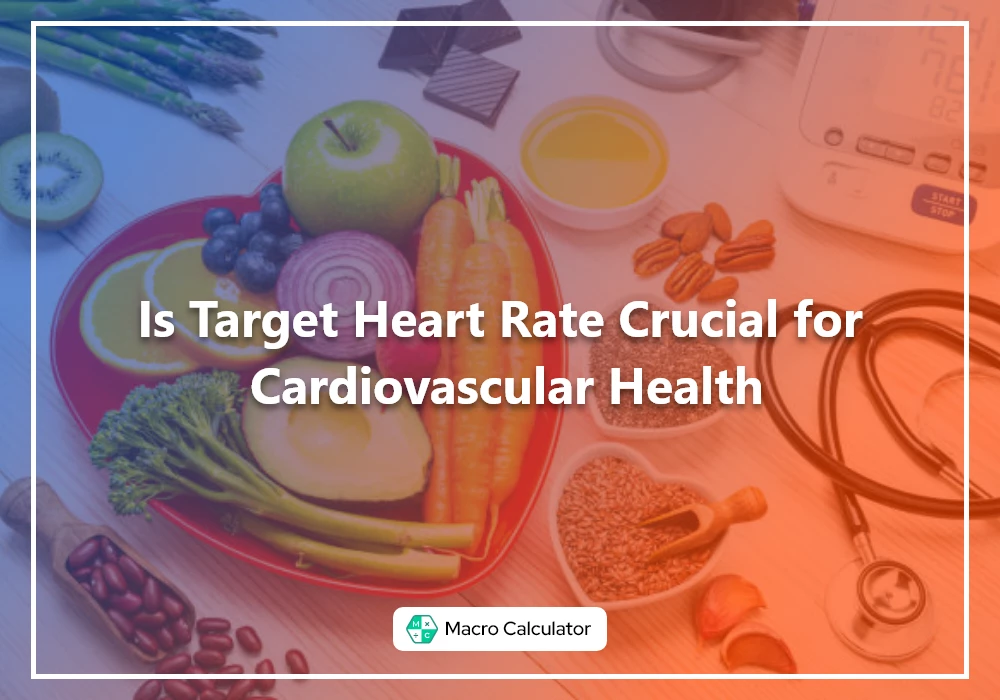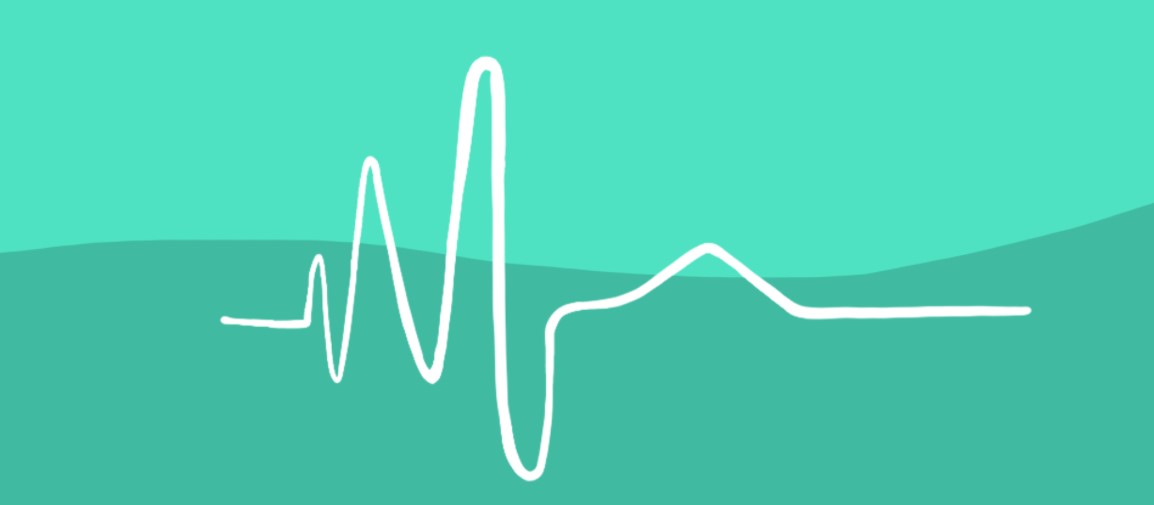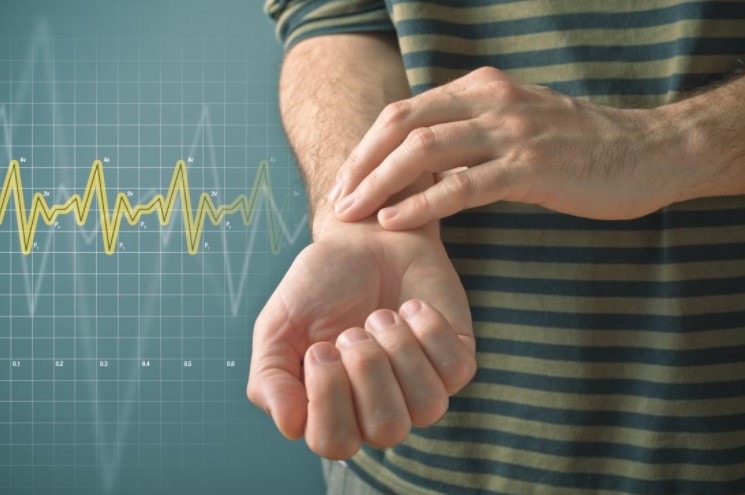 July 02, 2021
July 02, 2021
The heart rate is the number of times in a minute the heartbeats.
In the middle of the chest, the heart lies, it’s a muscular organ. When it beats, the heart pumps oxygen and nutrient-containing blood around the body and deoxygenated blood containing waste products.
A healthy heart provides the body with the right amount of blood for anything the body does at the moment.
For example, if frightened or shocked, adrenaline, a hormone is immediately released, to speed up the heart rate. It trains the body to use more oxygen and power to avoid potential threats or face them.
The heartbeat is often confused with the heart rate which refers to how often the arteries expand and contract in response to the heart's pump.
The pulse rate is exactly the same as the heart rate because the heart's contractions cause blood pressure increases in the arteries that trigger a remarkable heartbeat.
Therefore, the heartbeat is a direct heart rate measure.
You need to know if your heart rate is within the value of a normal range. If the heart becomes sluggish with illness or injury, the body does not get adequate oxygen to function normally.

The heart rate slowly becomes slower as people move into puberty during their youth. The typical rest rate is between 60 and 100 beats a minute for adults aged 10 and older adults.
Highly skilled athletes may be below 60 bpm and sometimes to 40 bpm. However, during running, the heart rate raises.
It is important to not put too much stress on the heart when training for fitness. But a person needs to increase his heart rate when exercising to provide the rest of the body with more oxygen and energy.
While the heart rate rises as a result of physical exercise, the peak cardiac rate will decline over time. It means that the heart works less to make various parts of the body more efficient by getting the necessary nutrients and oxygen.
Cardiovascular training is designed to reduce the heart rate target. Overage, the optimum heart rate reduces. The maximum heart rate should also be noted. This shows the heart's total ability and is usually achieved by high-intensity training.
It is recommended that during exercise, the average heart rate should be about 220 bpm less the person's age.
As each individual's body reacts differently to the workout, the target heart rate is shown to be a heart rate zone consisting of several ranges depending upon age and other factors.
While exercising at a heart rate of 50 to 80 percent, also known as exertion, a person will fall within that range. It is recommended that people frequently exercise in order to achieve a healthy heart rate.
It's not just because you're pumping your heart and feeling tired that you work in the dangerous heart rate zone. The key thing is to understand your running heart rate and those zones which are, aerobic, lactic, and anaerobic, and how you feel when you are going through them.
You're in one of these three places usually during a sprint. You can see which area you are working within if you're working with a heart rate monitor. There are also external tests to assess the process that you are learning, such as the "talking test," if you have no monitor or calculator.
You are definitely in the aerobic zone if you can talk in full phrases. You may be in the lactic threshold area if you could say a few words at a time. Then you probably find yourself in the anaerobic environment if you just could just be able to speak one or two phrases.
But if you start to hyperventilate or get dizziness the heart rate is probably too high and you should stop and recover. For example, take a marathon workout. There are a lot of simple, aerobic marathon training plans as it is primarily aerobic.

Your body must be really effective in burning fat for a long time to last. The speed you can do this increases over time so that you can run faster as you learn it better. Nevertheless, you will not practice this function of your body if you perform your quick running regularly at 75% of your maximum heart rate.
You will probably do better at shorter distances, because the lactic threshold feature is conditioned, making you run more quickly for a shorter time. But you cannot recover sufficiently, by constantly operating this speed, to properly train your lactic system.
Your body is tired already, so that the heart rate is actually higher with slower rates. Based on your aerobic rhythm, if you are tired of running so hard the day before, you may be within the lactic threshold range at a speed of 6 minutes. But you could run a 5:45 pace in the same heart rate if you are completely recuperated from the previous day.
That eventually leads to a slowdown at race times, burnout or accident, running at heart rates that are too high for your practice.
Although heart rate training is an outstanding instrument for ensuring that you practice in the appropriate areas, the numbers do not lie. Ok, it's also useful to use internal information to know which system you're using as you get more experience.
Taking the voice test into account. This is only a way to measure how difficult you have to breathe while running.
Some people cannot note the speed or tempo of their hearts when others detect slight fluctuations also known as a beat skip. This is not an indication of trouble in the absence of the symptoms (listed below). A pulse or an irregular level can also be observed in healthy people without complications during physical exams, ECGs, or other examinations.
Common slower heart rate symptoms include fatigue, confusion, dizziness, weariness or faintness, lightheadedness, and unable to work out.
Common symptoms are of a high heart rate are exhaustion, dizziness, lightness, fainting or almost heavy palpitations, or a fluttering sensation in the chest that makes your heart experience shortness of breath or tightness of the abdomen.
As you can see, some of these signs somehow are the same, and many causes other than a heart rate issue can cause them. Talk to your doctor about your heart rate if you have questions or concerns. She or he can help with the approach and, if necessary, recommend screening or follow-up.